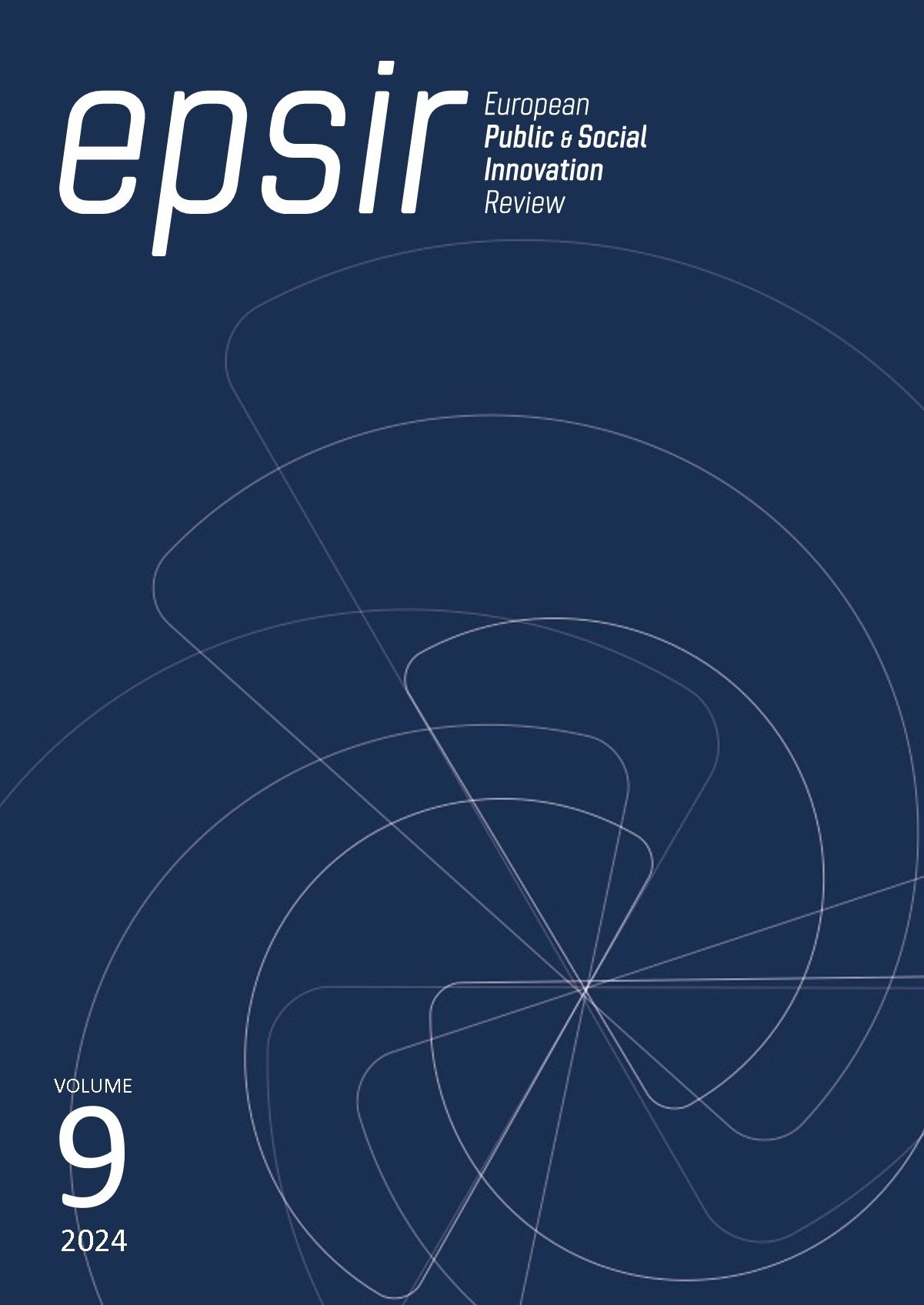Revaluation of architecture through the empowerment of urban health in the neighborhood. Case study: La Colón neighborhood
DOI:
https://doi.org/10.31637/epsir-2024-1686Keywords:
Land revaluation, urban health, pathologies, obsolescence, healthy neighborhood, multiscale, resilience, strategic designAbstract
Introduction: Cities, as complex products of human evolution, face social, economic and urban challenges that generate urban pathologies. These pathologies, however, can become opportunities to revalue the quality of urban and architectural space. This study analyzes the urban health of spaces in Quito to propose strategies for revaluation. Methodology: The study combines quantitative and qualitative analyses within the framework of the workshop “Revaluation of land through architecture for urban management of the city”. It examines Quito's Land Use and Management Plan 2022, comparing it with urban health indicators. The methodology was developed in four stages: conceptualization, analysis, strategy and design, applied to a case study in the La Colón neighborhood. Results: Pathologies of urban and architectural obsolescence were identified at the neighborhood level. The findings informed integrated strategies to revalue urban and architectural spaces through interventions that consider urban health as a central axis. Conclusions: The study proposes a strategic and applicable model for different neighborhoods, highlighting the importance of integrating urban health into urban and architectural planning as a tool to improve the quality of life in cities.
Downloads
References
Bazán, Cesar y Suarez, Manuel. (2013). Propuesta metodológica para detectar patrones geográficos de conflictos por el agua en el Estado de Morelos, 2000-2010. Investigaciones Geográficas, Boletín del Instituto de Geografía, UNAM.
GAD DMQ. 2021. Plan de uso y gestión del suelo 2021-2033: Secretaría de Territorio, Hábitat Y Vivienda. Recuperado de: https://gobiernoabierto.quito.gob.ec/plan-pugs/
Galeote, A. 2020. Reconversión de la arquitectura industrial frente a la obsolescencia, Recuperado de: https://oa.upm.es/66703/
Garnett, D. (2006). THE THEORY AND PRACTICE OF BUILDING RENEWAL. Housing and society. https://leapingfrogpublications.co.uk/housingsociety/building-obsolescence/.
Gobierno Abierto del DMQ. 2019. AIVAS - Uso y Ocupación de suelo/ Catastro y Áreas de Valoración. http://gobiernoabierto.quito.gob.ec/?page_id=1122
González, H. (2016) DE LA OBSOLESCENCIA ARQUITECTÓNICA A LA RESPONSABILIDAD SOCIAL.
Higueras, E. 2015. Barrios saludables, Cuaderno de Investigación Urbanística nº 100. DOI: https://doi.org/10.20868/ciur.2015.100.3164
INEC. 2010. Censo de población y vivienda del 2010.
INEC. 2017. Proyección del censo de población y vivienda del 2010.
MDMQ. (2009). La planificación del desarrollo territorial en el distrito metropolitano de Quito. Dirección Metropolitana de Planificación Territorial.
MDMQ. (2012). Plan Metropolitano de Desarrollo 2012-2022.
MDMQ. (2014). Diagnóstico del Territorio del DMQ. Unidad del Plan de Desarrollo y Ordenamiento Territorial del DMQ.
Mejia, G (2024). REVALUATION OF THE CITY AND ITS RESOURCES: AN ACADEMIC METHODOLOGY FOR ADAPTATION TO CHANGES IN URBAN LAND. chrome-extension://efaidnbmnnnibpcajpcglclefindmkaj/https://www.isec-society.org/ISEC_PRESS/LATAM_SEC_2024/pdf/EPE-04.pdf DOI: https://doi.org/10.14455/ISEC.2024.11(1).EPE-04
Román, E. (2021). ¿Obsolescencia programada?: Hábitat desechable como resultado de una arquitectura neoliberal.
Sañudo, A. (2020). Valor del suelo – ABCDMXYZ. https://www.abcdm.xyz/verbetes/valor-del-suelo/
Thomsen, A. (s. f.). 2011. OBSOLESCENCE AND THE END-OF-LIFE PHASE OF BUILDINGS. 14. Amsterdam, The Netherlands.
Vargas, N. (2020), Metodología para la regeneración integral de barrios con obsolescencia en México.
Zegarra, E. (2020). GESTIÓN DE LA OBSOLESCENCIA DE EDIFICIOS
Downloads
Published
How to Cite
Issue
Section
License
Copyright (c) 2024 Gabriela Mejia Gomez, Camila Salom´é Ramírez Torres

This work is licensed under a Creative Commons Attribution-NonCommercial-NoDerivatives 4.0 International License.
Authors who publish with this journal agree to the following terms:- Authors retain copyright and grant the journal right of first publication with the work simultaneously licensed under Creative Commons Non Commercial, No Derivatives Attribution 4.0. International (CC BY-NC-ND 4.0.), that allows others to share the work with an acknowledgement of the work's authorship and initial publication in this journal.
- Authors are able to enter into separate, additional contractual arrangements for the non-exclusive distribution of the journal's published version of the work (e.g., post it to an institutional repository or publish it in a book), with an acknowledgement of its initial publication in this journal.
- Authors are permitted and encouraged to post their work online (e.g., in institutional repositories or on their website) prior to and during the submission process, as it can lead to productive exchanges, as well as earlier and greater citation of published work (See The Effect of Open Access).



